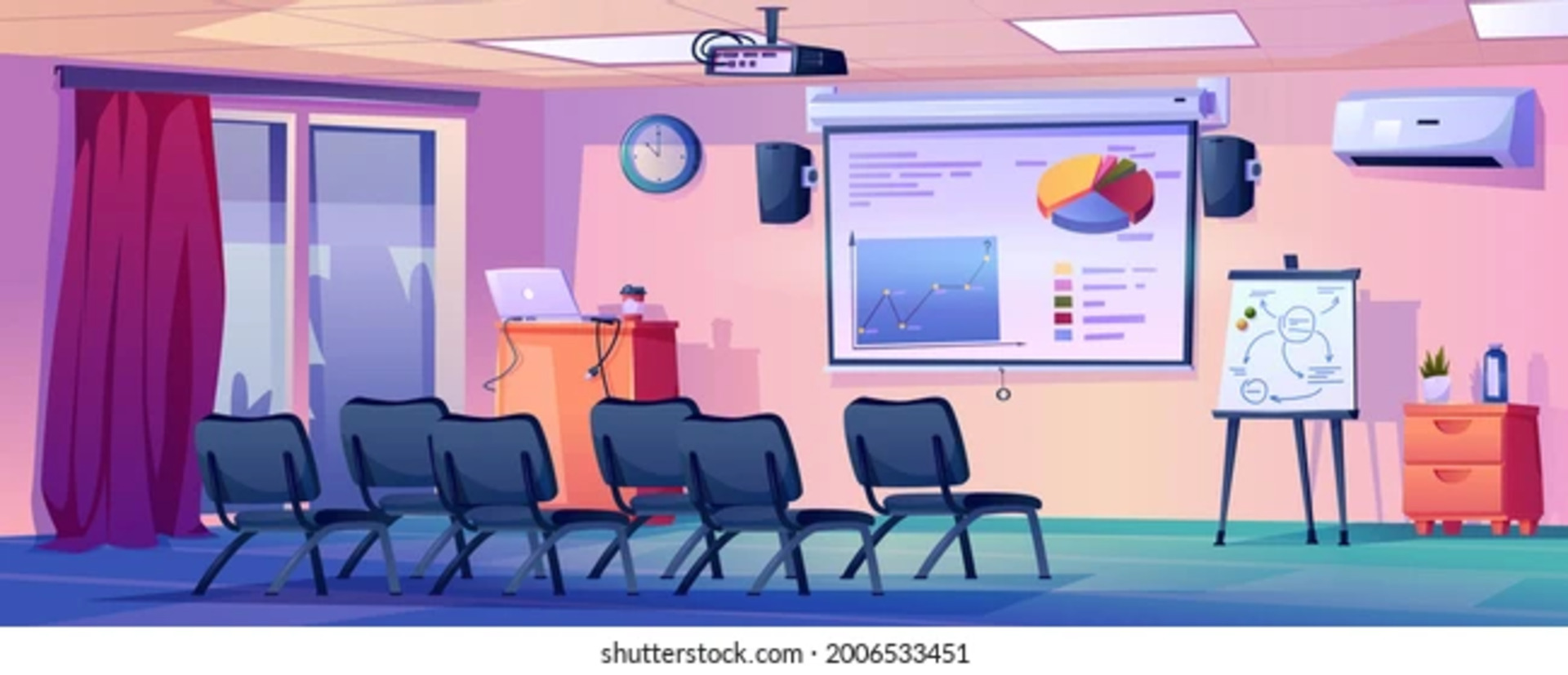Using an Epson projector is a great way to display your laptop screen’s content onto a large projected display. Whether you want to wirelessly mirror your laptop for entertainment or connect it to give business presentations, hooking up your Epson projector is straightforward.
In this step-by-step guide, we cover how to properly connect your Epson projector to a laptop using cables or wireless casting.

Connecting with HDMI
HDMI is the best wired connection option for carrying audio and HD video from a laptop to Epson projector.
Steps:
- Connect an HDMI cable to the HDMI port on your laptop and the other end to the HDMI port on the Epson projector.
- Power on the Epson projector. Switch the input mode to HDMI.
- On your Windows/Mac laptop, enable mirroring or extend desktop to the projector display.
- The laptop screen should now be projected in HD quality.
Connecting with VGA
VGA cables can transmit video from a laptop to an Epson projector but will not carry audio.
Steps:
- Connect a VGA cable to the VGA port on your laptop and the other end to the projector’s VGA input.
- Power on the Epson projector and switch input mode to VGA.
- Enable secondary display on your laptop to mirror or extend desktop to the projector.
- The projected image will display but without audio. Use external speakers connected to the laptop’s audio port.
Wireless Screen Mirroring
Newer Epson projectors have wireless casting features to mirror laptop screens over Wi-Fi.
Steps:
- Ensure the projector and your laptop are connected to the same Wi-Fi network.
- On the projector menu, enable wireless casting mode.
- On your laptop, use the OS screen mirroring function (Windows/Mac) to select the projector and connect.
- The laptop display will now be wirelessly projected, including audio.

In just a few quick steps, you can have your Epson projector hooked up to showcase presentations or mirror laptop content on a big screen!
How to connect to Epson projector with Phone
- Check that your Epson projector supports wireless projection. Newer models have built-in wireless connectivity.
- On the projector menu, enable the wireless projection mode. This creates a wireless network.
- On your phone, go to your Wi-Fi settings and connect to the projector’s wireless network.
- Once joined on the same network, open the screen mirroring or casting function on your phone. This may be called Screen Mirroring, Smart View, Cast Screen etc. depending on the phone model.
- Select the Epson projector from the list of available devices to connect.
- Accept the connection request both on your phone and the projector’s screen.
- Your phone screen should now be wirelessly projected through the Epson projector.
- You can now open photos, videos, apps and more on your phone to display on the big screen.
- For audio, connect the projector’s audio output to external speakers, or use your phone’s media audio.
That’s all there is to it! With just a few quick steps, you can wirelessly connect smartphones and tablets to an Epson projector for big screen viewing.
How to Connect Epson Projector to Laptop Bluetooth
Unfortunately it is not possible to directly connect an Epson projector to a laptop using Bluetooth. Here are the reasons why:
- Epson projectors do not have built-in Bluetooth connectivity or the ability to pair with other Bluetooth devices.
- Projectors require a high bandwidth video connection like HDMI, VGA or wireless casting to mirror or extend a laptop’s display.
- Bluetooth does not support transmitting raw video or audio. It has much lower maximum bandwidth.
- Bluetooth on laptops is designed for connecting peripherals like mice, keyboards, headsets, not displays.
So Bluetooth cannot be used between an Epson projector and laptop for displaying content.
Instead, you will need to use a wired connection like HDMI or VGA cable to transmit video and audio from the laptop to the projector.
Or use wireless casting over Wi-Fi if both devices support it. The projector creates a wireless network that the laptop can connect to for screen mirroring without any direct Bluetooth connection.
In summary, while Bluetooth is useful for small data connections, it does not have the bandwidth for the live video feed required to connect a projector. A different wired or wireless method is required.




![How to Remove Google Account from Redmi Note 4 [2020]](https://www.windowstechit.com/wp-content/images357/2019/06/add-remove-google-accounts-redmi-note-4-768x1365.png)
![How to Uninstall Apps in Windows 10 [Inbuilt or PreInstalled or Default]](https://www.windowstechit.com/wp-content/images357/2019/03/uninstall-inbuilt-apps-windows-10-768x622.png)
